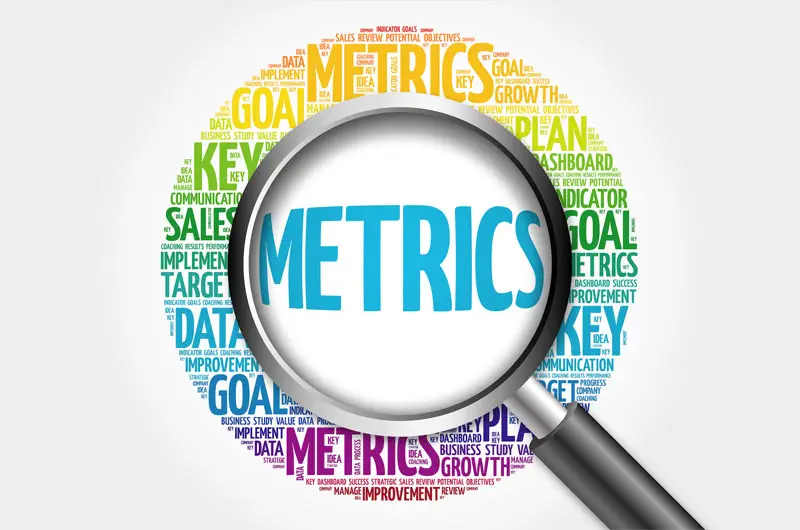Blog
28 Jul Cheers to Twenty Years by Megan Campbell, MPA, GPC
Posted at 18:00h
in About AGS, Competency Seven, Inspiration, Megan Campbell, Professional Development, Professionalism
When the email from the Grant Professionals Association (GPA) came at the beginning of 2024 congratulating me on twenty years of membership, I called one of my fellow Gen-X colleagues and joked, “I don't know whether to feel exuberant about a career milestone or join the AARP.” In many ways, 2004 doesn’t feel so very long ago. In other ways, twenty years feels like two hundred. Since 2004, I’ve experienced learning to balance marriage, motherhood, graduate school (twice, because I’m a glutton for punishment), and countless career ups and downs. I’ve been part of creative teams, navigated ever-changing technology, learned valuable leadership skills, and taken professional paths that “2004 me” would never have imagined. I’ve witnessed civic unrest, a new age of social activism, and survived a global pandemic. And I’ve seen the nonprofit sector and philanthropy step up and evolve to continue to meet the community's needs.
21 Jul A Look at 2024 OMB Uniform Guidance Updates By: Kellie Brungard, GPC
Over the past year, you may have overheard grant professionals discussing potential OMB Uniform Guidance updates. If you are wondering what that means and what may apply to you or your organization, here is a quick look at what changes occurred and what you should know. What is Uniform Guidance? Office of Management and Budget (OMB), an agency within the Executive Office of the President, issues government-wide grants-related guidance for federal departments and agencies and is responsible for the maintenance of this document. Before 2013, federal grant requirements were located in multiple OMB circulars. OMB developed a comprehensive guide for the Federal government’s Administrative Requirements, Cost Principles, and Audit Requirements for federal awards that became effective in 2014. In essence, this updated, reorganized, and consolidated federal grant management requirements into a single document.14 Jul Getting Curious About Ethics By: Kellie Brungard, GPC
Ethics are moral principles that govern an individual’s or group’s behavior or activities. Within the grant profession, the Grant Professionals Association (GPA) has defined a clear code of ethics for members to abide by and establish boundaries within practice that uphold the integrity of the industry. Members of GPA or a professional association with defined codes of ethics need to understand and agree (or accept) the ethical boundaries the organization upholds. Members found to be in violation of the association’s ethics can be sanctioned with temporary or permanent suspension of membership or revocation of their credentials. While some ethical responses are intuitive, others are unclear. Below are three not-so-obvious ethical quandaries commonly encountered by organizations.06 Jul Metrics for Grant-Seeking By: Kellie Brungard, GPC
Posted at 18:00h
in Competency Two, Evaluation, Funding, Funding Opportunities, Kellie Brunguard, Organizational Development
As a grant professional, are you asked to identify performance measurements for your organization or clients? Evaluating the performance of a grant department or grant professional is a nuanced task. Yet data helps leadership and the board of directors quantify the year-to-year success and progress toward department goals. All too often, an organization will set unrealistic goals without adequate resources or available opportunities or set unreasonable expectations for the number of applications an individual needs to submit. Looking at a “success rate” can fail to consider the organization's readiness, quality of program design, or ability to identify strong opportunities and stewardship. So, how can an organization effectively evaluate the performance of a grant department and set realistic goals? How can grant professionals articulate their skills and achievements to those who are data-minded?
03 Jul KDHE-DHCF Receives $2.5 Million Grant from the Centers for Medicare & Medicaid Services (CMS)
The Kansas Department of Health and Environment, Division of Health Care Finance (KDHE-DHCF), has successfully secured a $2,5 million grant from the Centers for Medicare & Medicaid Services (CMS) for the implementation of School-Based Services (SBS) under KanCare. This grant will enhance the infrastructure necessary to support state and local education agencies (LEAs) in reaching all eligible Medicaid-enrolled children.30 Jun Research Tips: How to Find New Private Funds By Ashley Dooley, GPC
Did you know that awards issued in response to requests for proposals (RFP) account for less than 1% of total foundation giving? Stated differently, 99% of private foundation giving is not done through an RFP process! Funders are out there. The biggest question is how do you find them?24 Jun Advancing Knowledge: Knowing your “Why” by Kellie Brungard, GPC
Posted at 17:08h
in Competency Seven, GPC Credential, Grants Management, Kellie Brunguard, Professional Development, Professionalism
Have you ever stopped to consider the reasons why you sign up for webinars, attain or continue to maintain your grant professional certification (GPC), or set out to learn an entirely new skill set (like project management)? For some, an employer prioritizes professional development and encourages developing a training plan. Perhaps your certification or licensure requires continuing education. Do you ever feel like you are taking action (e.g., attending workshops or reading professional articles) but it’s not adding up? Are you missing a sense of accomplishment? Actions without a bigger picture may seem productive in the short term, but they may not connect with your larger goals or leave you feeling like you haven’t made progress. Identifying your “why” may be the missing piece.
16 Jun You CAN Evaluate Your Program! How to Gather Data through Observation By: AGS Staff
Posted at 21:59h
in Competency Eight, Competency Five, Competency Four, Evaluation, Grant Reporting, Program Development, Relationships
Observation is a method to gather data by watching events or behaviors that can give information beyond what you can draw from numbers and is helpful in several situations:
- To collect data that is unavailable through other methods. People are sometimes unable or unwilling to participate in surveys or interviews.
- To understand an ongoing situation or process. For example, you want to identify efficiencies/inefficiencies in the process of college registration process as students meet with advisors to create a semester schedule.
- To know more about a physical setting. For example, you want to determine if a residential rehabilitation center’s facilities are conducive to recovery.
- To understand more about interactions. For example, you want to determine if a motivational guest speaker sparks interest in at-risk youth in a college preparatory program.
09 Jun You CAN Evaluate Your Program! How to Conduct an Environmental Scan and Needs Analysis By: AGS Staff
Posted at 18:00h
in Competency Eight, Competency Five, Competency Four, Evaluation, Grants Management, Relationships
Have you been tasked with evaluating a program and don’t know where to begin? If so, you aren’t alone. Many people struggle with program evaluation. This new three-part series on evaluation will prepare you to design and implement a strong evaluation comprised of quantitative and qualitative data analysis. You will also understand how to secure a third-party evaluator, if you need one. This post focuses on how to conduct an environmental scan and needs assessment.









